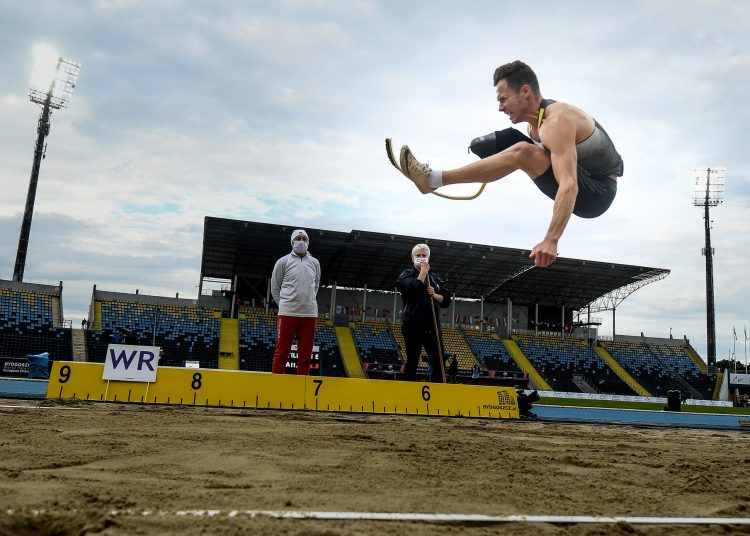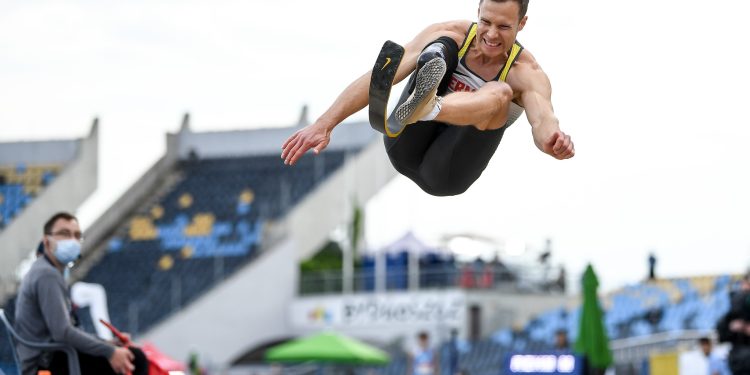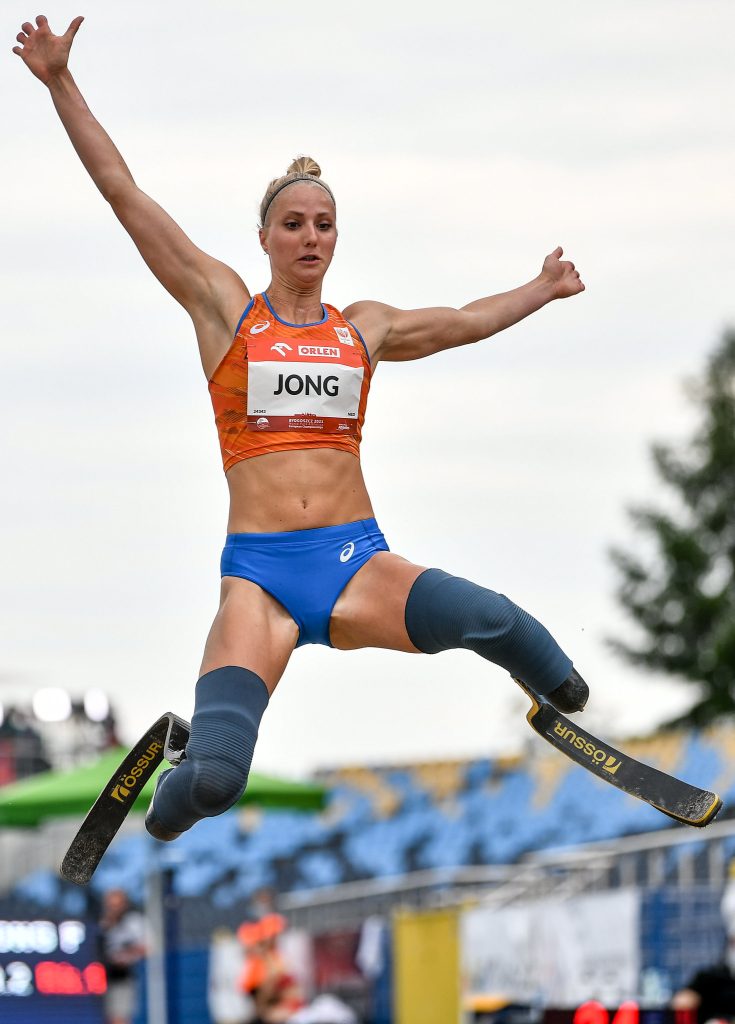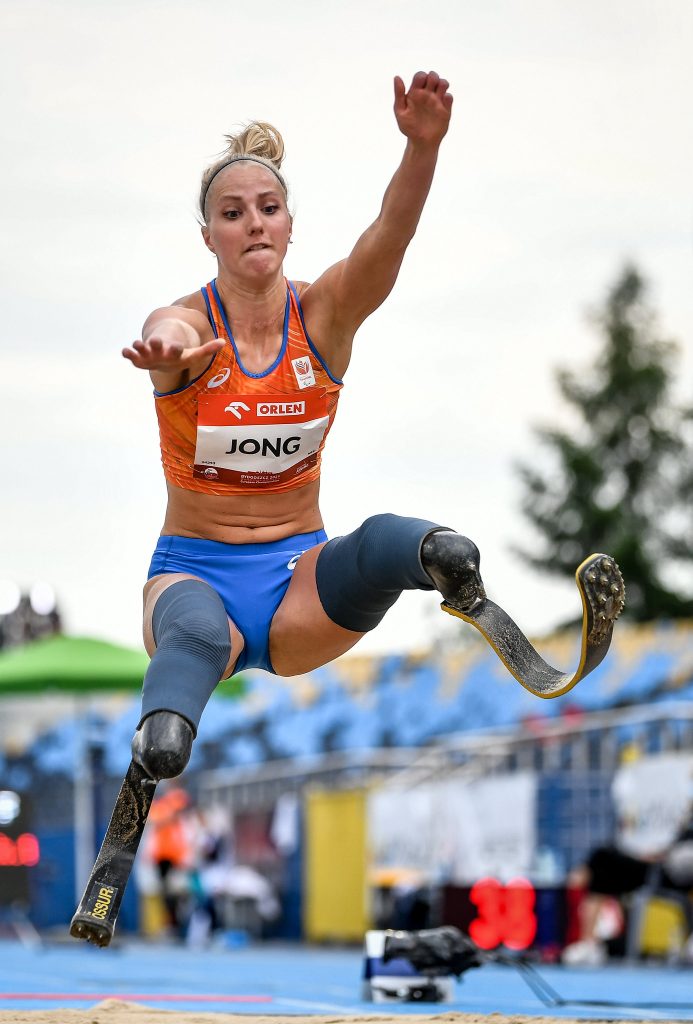Stuart Weir has covered Para-athletes for RunBlogRun for years now. This is his thoughts on the Van Damme Memorial and the combined LJ competition.
Well done Brussels
In the past, there has been some debate about whether para-athletes should be allowed to compete against non-disabled athletes in mainstream events. It all started with the now disgraced Oscar Pistorius running in the 400 and 4 by 400m relay in the 2011 World Championships and 2012 Olympics. From memory, I believe he was only allowed to run the first leg of the relay (in lanes) to avoid a possible injury through contact with his blades to another runner.
Paralympic world record holder Alan Davies regularly participates in the GB “able-bodied” national championships in the shot or discus.

When the German athlete Markus Rehm, an amputee jumping with blades, was achieving distances that would win non-disabled long jump competitions, he made a passionate plea to be allowed to compete in World Athletics-sanctioned competitions.
In 2014, 2015, and 2016, he competed in the German non-disabled Championships and, on each occasion, did well enough to qualify for the European/Worlds/Olympics but was not selected. The argument was that his blade gave him an unfair advantage as it was more springy and longer than his natural leg. Rehm accepted this but argued that his disability meant that he could not run as fast or as balanced as an “able-bodied” athlete, meaning that the potential advantage of one was canceled out by the other. He also told me that he felt it unfair that the IAAF (World Athletics) put the onus on him to prove that he had no advantage rather than on them to prove that he did.

Rehm wanted to compete in Diamond Leagues – even if excluded from DL points and prize money, just for the experience of competing against people jumping the same distance as himself, which he did not get in para-athletics events. In Brussels 2023, the meet organizers did just that, including Fleur Jong (Netherlands) in the women’s long jump field. Fleur is a double amputee, jumping off blades. She achieved 6.74 and second place.

She said of the experience: “In June, I already jumped a para WR, but Brussels was a special competition for me. We almost never had the chance to compete as paralympic athletes in the same field as the athletes who compete in the Diamond Leagues, so I worked hard to be at my best here. It is a great example for young athletes and the whole world. We are definitely capable of competing with them. It gave me an incredible boost to have four world-class athletes around me. That was a big challenge for me. In the call room, I introduced myself to the whole field because I was not sure they would know who I was. 6.74 was a huge jump for me. But I could not be any happier with my season”.
I loved the way she had confidence in her ability but was nervous about the social aspects, that no one would know her.

In the third round, Fleur jumped 6.74 – to equal Ivana Vuleta’s winning distance. That the competition was decided on second-best jumps and that Fleur finished a clear second must have been very satisfying for her. It also raises the question of why other para-athletes are not included in Diamond League events when they are good enough.
Author

Since 2015, Stuart Weir has written for RunBlogRun. He attends about 20 events a year including all most global championships and Diamond Leagues. He enjoys finding the quirky and obscure story.
View all posts






















